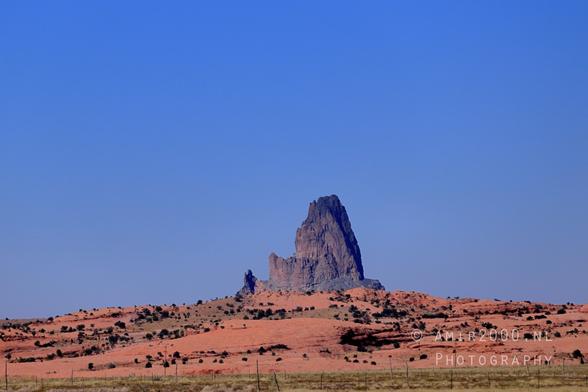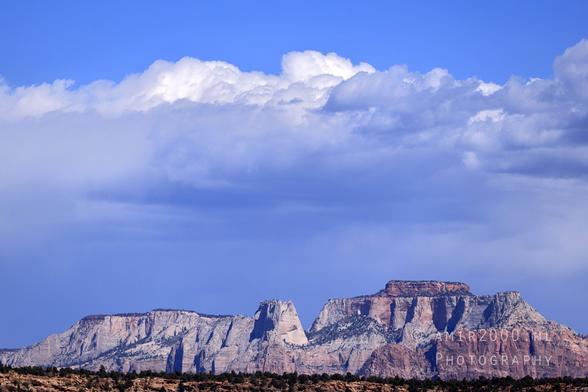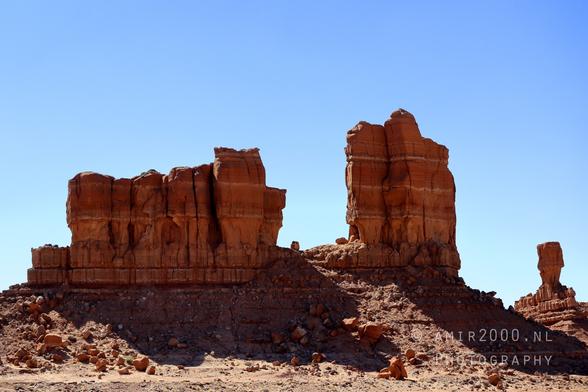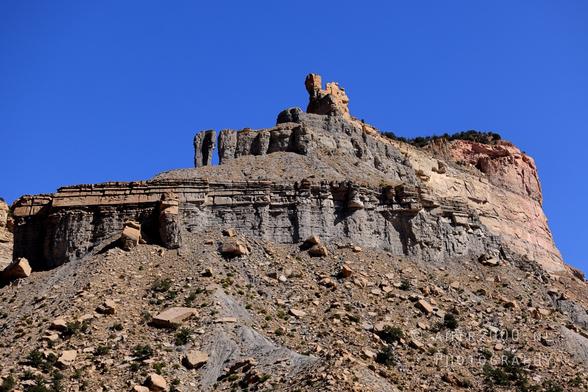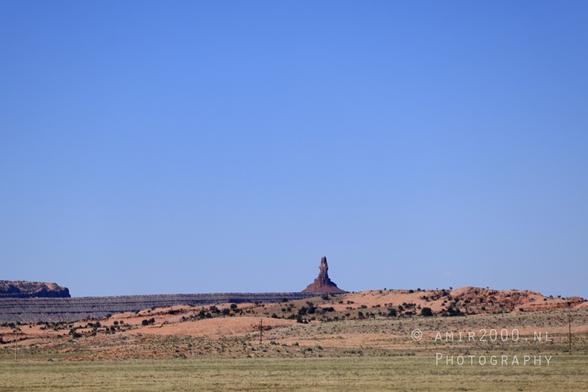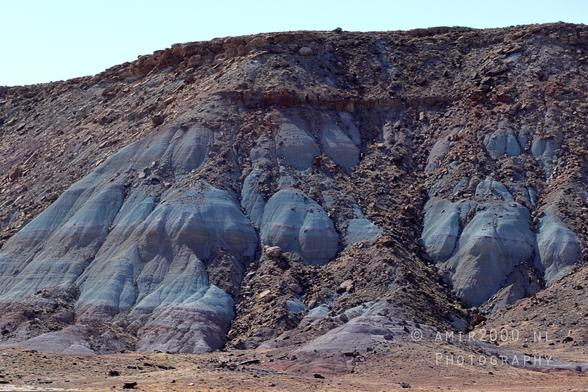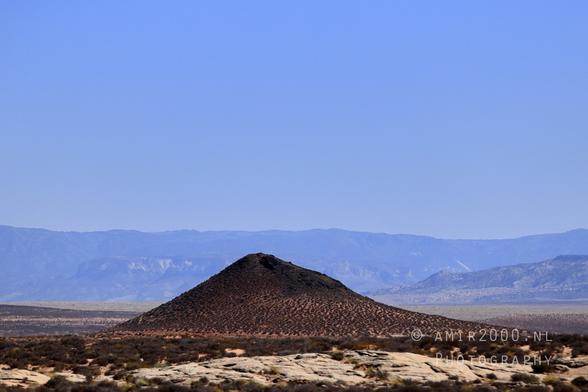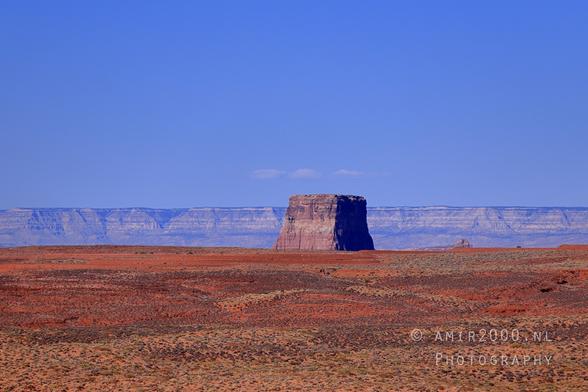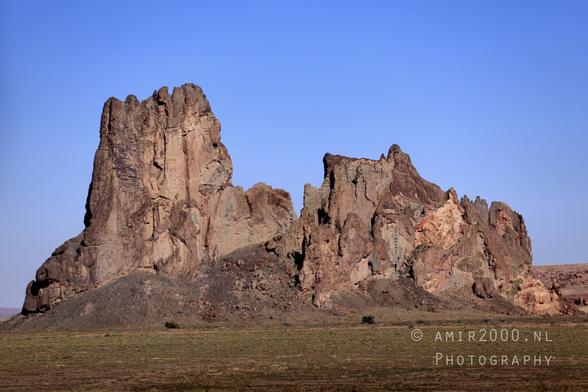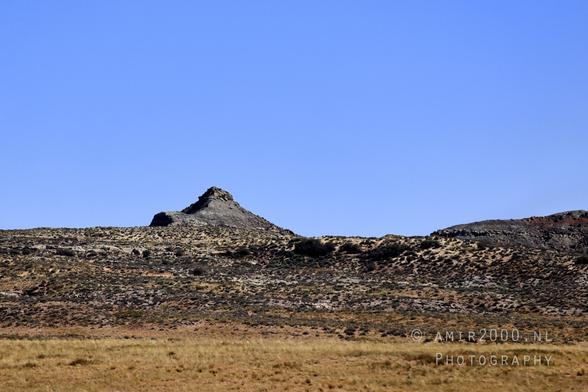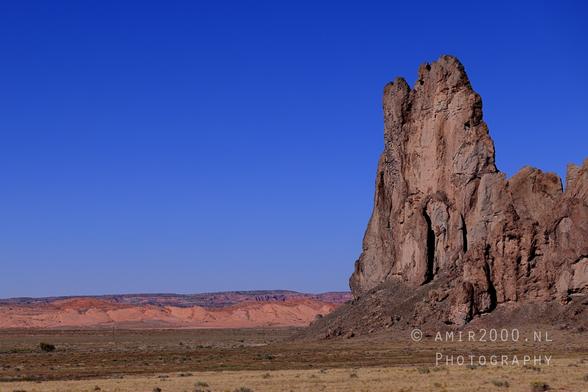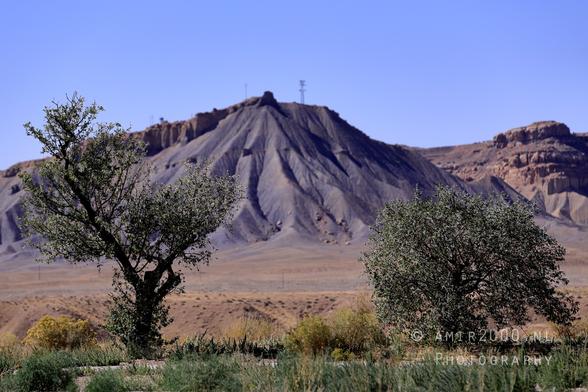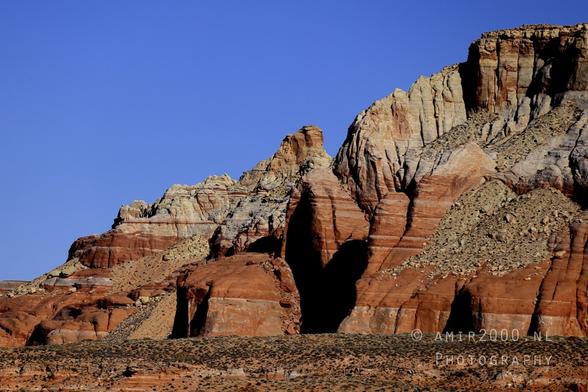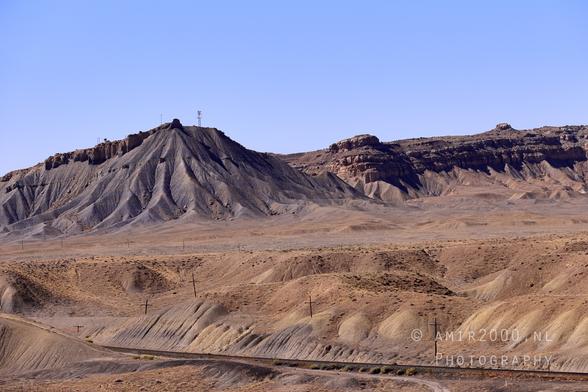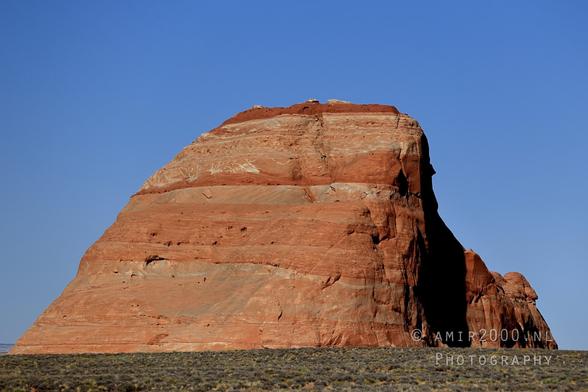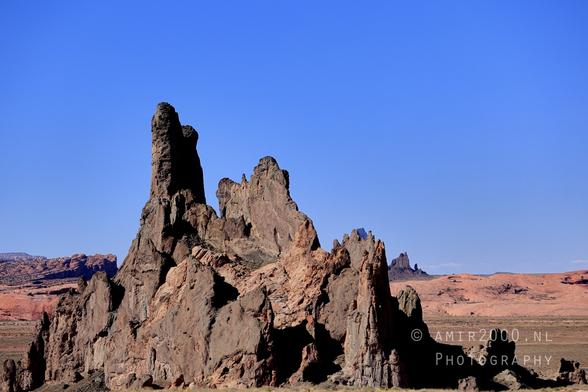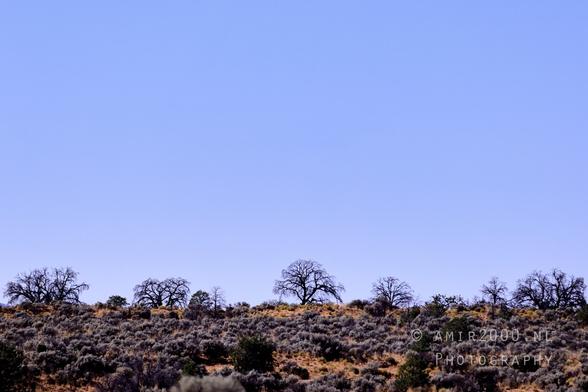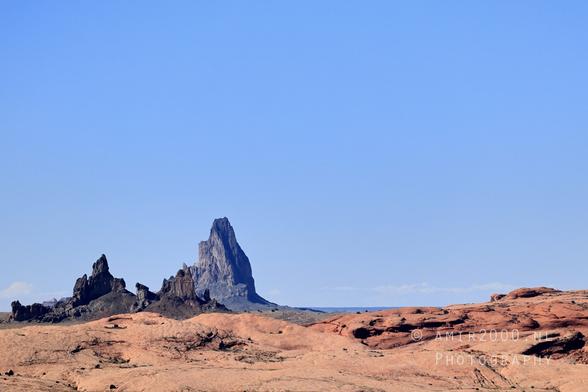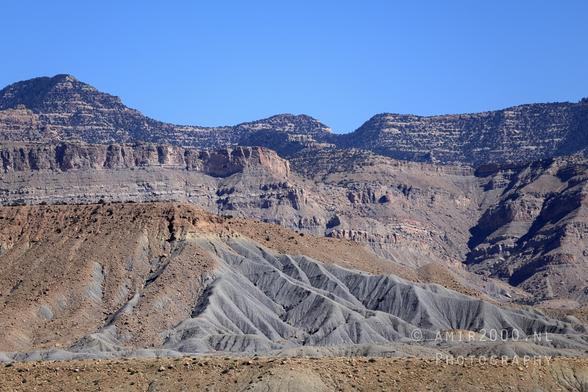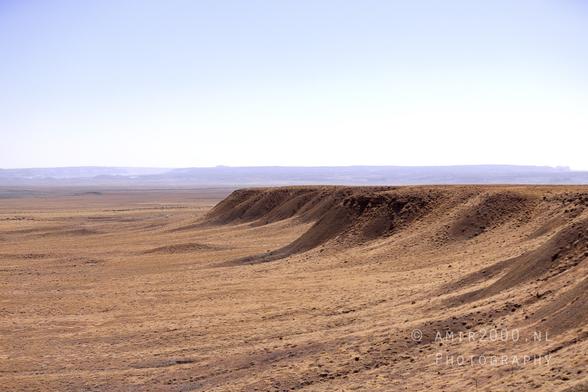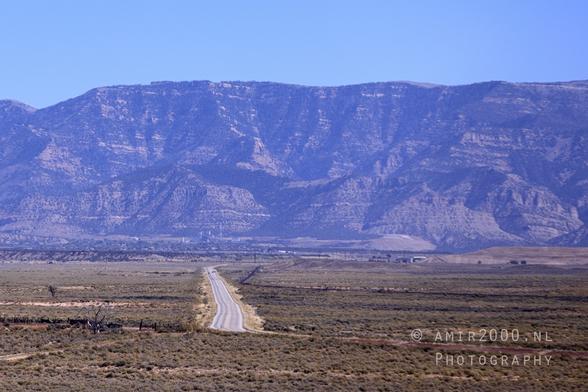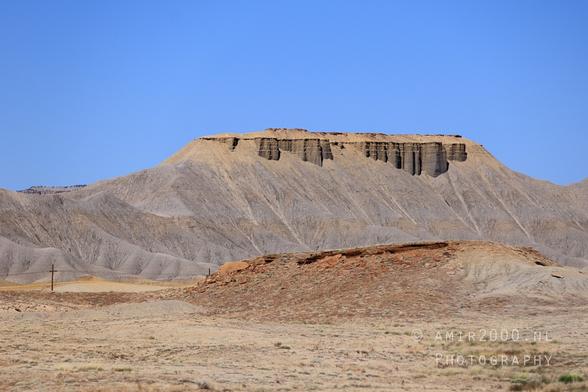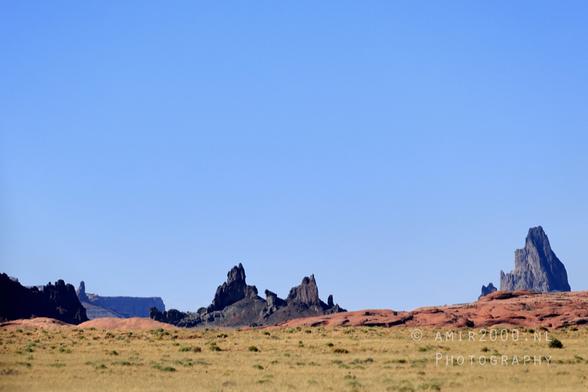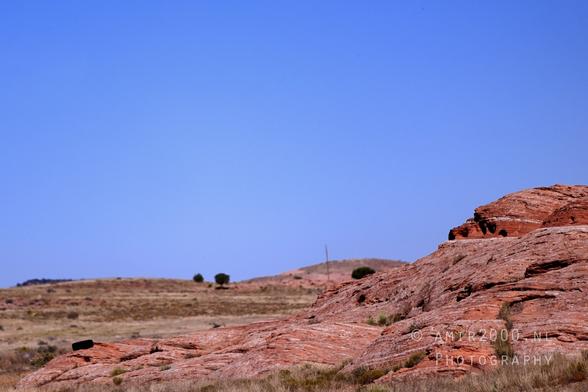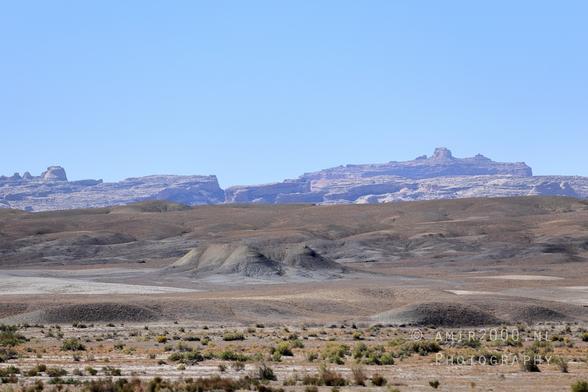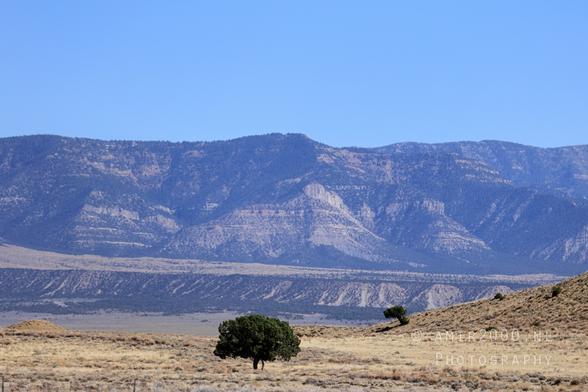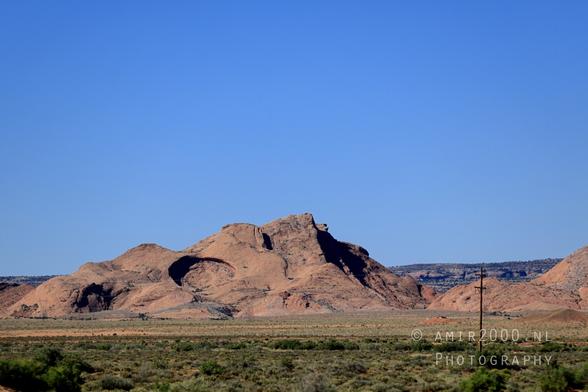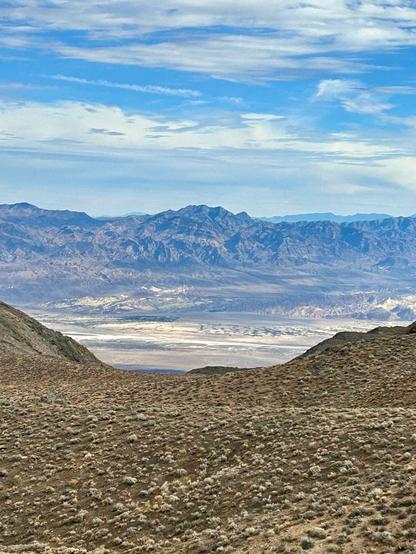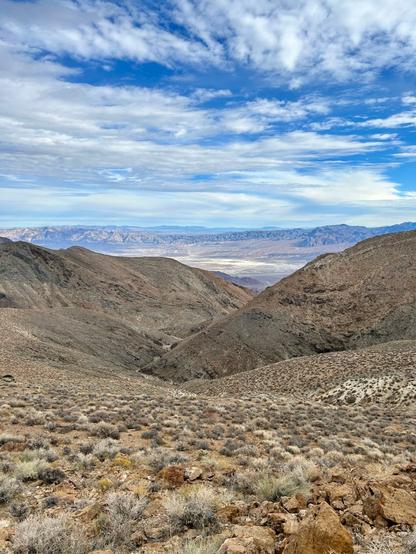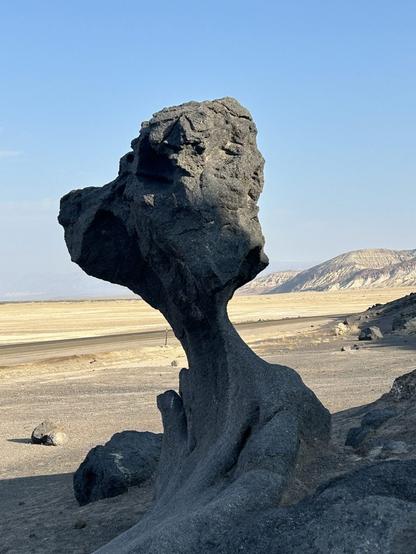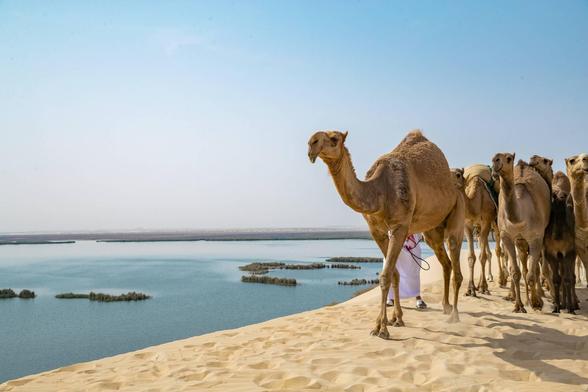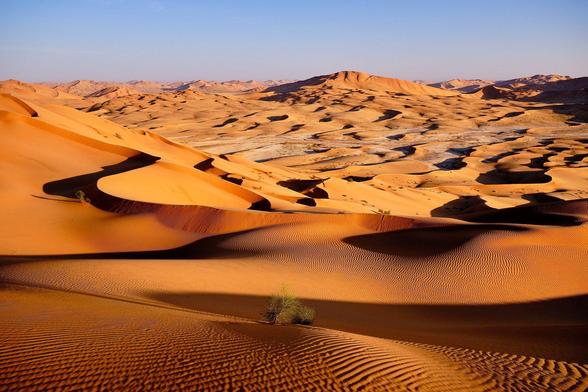Death Valley Day Hikes: Routes for Every Skill Level
Did you know Death Valley National Park has 36 hiking trails? They get an average rating of 4.8 out of 5 from over 2,000 hikers. This desert offers many day hike options for all skill levels. You can explore its unique terrain, from salt flats to volcanic craters.
Death Valley is the hottest, driest, and lowest national park in the US. It’s a challenge but also rewarding for hikers. The best time to hike is from November to March. During this time, the weather is cooler, and the park is full of colors and geological wonders.
In this article, we’ll explore Death Valley’s day hikes. We’ll guide you through easy, moderate, and challenging trails. We’ll also share tips to enhance your adventure. So, get ready to explore the desert oasis that awaits you.
Key Takeaways
- Death Valley National Park offers 36 hiking trails catering to hikers of all skill levels.
- The best time to hike in Death Valley is between November and March when temperatures are cooler.
- The park’s hiking trails are categorized into Easy, Moderate, and Difficult routes, with varying distances and elevation gains.
- Popular easy hikes include the Harmony Borax Works and Mesquite Flat Sand Dunes, while moderate options like Golden Canyon and Darwin Falls offer more challenging terrain.
- Experienced hikers can tackle the park’s difficult trails, such as Telescope Peak and Wildrose Peak, for a truly rewarding experience.
Introduction to Death Valley’s Unique Landscape
Death Valley National Park is a land of extremes. The landscape is both breathtaking and unforgiving. As I first set foot in this iconic destination, I was struck by the vastness and diversity of the terrain.
From the lowest point in North America at Badwater Basin, standing 282 feet below sea level, to the towering Telescope Peak at 11,049 feet, the park showcases a remarkable range of geological features.
My First Impressions of Death Valley
The desolate beauty of Death Valley left a lasting impression on me. Everywhere I turned, I was surrounded by otherworldly formations. These included salt flats, sand dunes, volcanic craters, and the vibrant, multicolored rock formations of the Red Cathedral in Golden Canyon.
The lack of constructed trails in many areas added to the sense of exploration. Hiking routes often led cross-country, up canyons, or along ridges.
What Makes the Landscape So Special?
Death Valley’s unique landscape is the result of its extreme desert conditions and diverse geology. The Amargosa Range offers opportunities for activities like hiking, biking, and rock climbing. The Eureka Valley, the most lightly visited region of the park, attracts visitors seeking solitude and natural wonders.
Destinations like Scotty’s Castle, a 1920s mansion, and the Panamint Springs area, with its historic mining roads and ghost towns, add to the park’s allure.
From the Mesquite Flat Sand Dunes near Stovepipe Wells to the Racetrack Valley and its mysterious “sliding rocks,” Death Valley National Park is a land of superlatives and stunning contrasts. It’s a place that challenges the senses and captures the imagination, making it a must-visit destination for Death Valley National Park hiking and scenic Death Valley hikes.
Choosing the Right Time of Year for Hiking
Planning your Death Valley hiking trips is all about the season you choose. Each season brings its own unique benefits and challenges. As someone who loves hiking here, I’ve learned which times are best.
My Favorite Seasons for Hikes
The best time to hike in Death Valley is from November through March. The weather is cooler, making it easier to enjoy the trails. Spring and autumn can be too hot for many, so I skip them unless I’m after wildflowers or other seasonal sights.
In winter, the lower trails are perfect. But for the high peaks, summer is better to avoid snow. If you’re hiking high places in cold seasons, don’t forget your winter gear like an ice axe and crampons.
Weather Considerations You Should Know
- Summer in Death Valley is extremely hot, especially at lower elevations. It’s safer to avoid long hikes then.
- Spring and fall have milder temperatures, but it’s still important to stay hydrated and manage the heat.
- Winter is the best time for hiking, with clear skies and cooler weather. But, be ready for snow and ice on high trails.
Choosing the right season for your Death Valley hikes ensures a safe and fun trip. Whether you’re new to hiking or have lots of experience, knowing the seasonal changes helps you enjoy your adventures more.
Essential Gear for Hiking in Death Valley
Hiking in Death Valley National Park needs the right gear. I’ve learned what’s key for a safe and comfy trip. From water systems to shoes, let’s look at the must-haves for your hikes.
What I Never Hike Without
A good water carrying system is vital. I carry at least 2 liters for short hikes in winter. For longer hikes in warmer weather, I bring 1 gallon (4 liters) of water. Springs are rare and not always safe, so treat any water you find.
Wearing the right shoes is also crucial. High-top boots or sturdy shoes are best for the pebbly trails, like the Little Hebe Crater Trail. For sandy hikes, like the Mesquite Flats Sand Dunes, going barefoot can be fun. But, remember to pack shoes for when the sand gets too hot.
Footwear Choices that Make a Difference
I always choose Merrell Moab Mid 3 boots for their breathability and strength. They’re great for Death Valley’s varied terrain. Wool socks are also essential to keep my feet dry in the desert heat.
Don’t forget a camera to capture the amazing views. Sunglasses and a sun hat are also important to protect against the sun. Packing cubes and a power bank with an extra cable can help you stay organized and connected.
With the right gear and planning, you’re ready to explore Death Valley National Park. Always put safety and comfort first as you enjoy your hikes.
Beginner-Friendly Hikes in Death Valley
If you’re new to hiking or want to explore Death Valley with your family, there are great trails for you. Harmony Borax Works and Mosaic Canyon are just a few examples. These paths show off the park’s amazing landscapes and are easy for everyone to enjoy.
Golden Canyon Trail Adventure
The Golden Canyon Interpretive Trail is a 2-mile round trip that’s a must-see. It takes you through a colorful landscape. You’ll see the stunning Red Cathedral, a natural wonder that shines in the desert sun.
Mosaic Canyon: My Easy Exploration
The Mosaic Canyon is a 0.5-mile walk that’s perfect for all. It’s lined with smooth marble that shows off amazing patterns. It’s great for families and anyone looking for a beautiful, easy hike.
Why These Trails Are Perfect for Beginners
These hikes in Death Valley are easy because they have little elevation gain. They also have signs that teach you about the park’s geology and wildlife. Exploring these trails is a memorable experience for everyone.
Moderate Hikes That I Enjoy
Death Valley National Park is famous for its stunning landscapes. It also has many moderate hikes for seasoned hikers. I’ve explored some amazing trails that offer a great challenge and reward.
Exploring the Wonders of Zabriskie Point
The trails around Zabriskie Point are a favorite of mine. Hiking through the badlands, I’m always amazed by the earth’s textures and patterns. The best day hikes Death Valley here include the 2.7-mile Badlands Loop and the 3-mile Golden Canyon hike. Both offer stunning views and a deep look into the park’s history.
The Excitement of the Wildrose Peak Trail
The Wildrose Peak Trail is perfect for a tough Death Valley National Park hiking adventure. This 9-mile round-trip hike goes up 2,100 feet, ending at a 9,064-foot summit. Hikers see amazing desert plants and might spot wildlife. The Wildrose Peak Trail is tough, but reaching the top is incredibly rewarding.
HikeDistanceElevation GainBadlands Loop2.7 miles450 feetGolden Canyon3 miles600 feetWildrose Peak9 miles2,100 feet
“The Zabriskie Point area is a truly unique and captivating landscape that offers hikers a chance to immerse themselves in Death Valley’s geological wonders.”
Challenging Hikes for Experienced Hikers
Death Valley National Park has trails for all, but it also has tough hikes for the seasoned hiker. These trails are longer, with big elevation gains and technical terrain. They are perfect for those who want a real challenge.
My Journey on Telescope Peak
The Telescope Peak Trail is a legendary hike in Death Valley. It’s a 14-mile round trip to the park’s highest point, 11,049 feet. The climb is tough, with over 3,000 feet of elevation gain. But the views from the top are amazing.
I’ve hiked this trail many times. Each time, it’s been hard but rewarding.
The Rewarding Panorama from the Summit
At the top of Telescope Peak, the views are stunning. You see the vast Death Valley landscape, including Badwater Basin and the Sierras. It’s a sight that humbles and amazes.
Telescope Peak and other tough hikes are not for beginners. But for those ready for the challenge, the rewards are incredible. The sense of achievement and the views make these hikes worth it for experienced hikers.
Tips for Staying Safe While Hiking
As a seasoned hiker in Death Valley, I stress the importance of safety on trails. This unique landscape, with extreme temperatures and unpredictable weather, demands hikers to be well-prepared and vigilant.
Hydration Strategies I Trust
Staying hydrated is key in Death Valley’s desert climate. Even experienced hikers can quickly get dehydrated. I carry at least 2 liters of water for short hikes in winter and a full gallon or more for longer hikes in warmer seasons. Drinking more water than usual is essential, even in cooler months.
Recognizing the Signs of Heat Stress
Death Valley’s summer temperatures can reach 130°F (54°C), with nighttime temperatures up to 90°F (32°C). Hiking in such heat can lead to serious heat-related illnesses like heat exhaustion and heatstroke. Watch for symptoms like headaches, dizziness, nausea, and rapid heartbeat. Know when to seek shade and rest.
Avoid hiking in low elevations during summer when temperatures are extremely high. Besides staying hydrated and aware of heat issues, tell someone your hiking plans and expected return time. Check weather forecasts and be ready for sudden changes, especially in higher elevations. By following these safety tips, you can enjoy Death Valley hiking while keeping yourself safe.
Hidden Gems: Off-the-Beaten-Path Trails
Death Valley National Park is famous for spots like Zabriskie Point and Badwater Basin. But, there are many hidden trails that offer a unique experience. These trails let visitors enjoy the park’s beauty without the crowds.
Discovering the Charms of Desolation Canyon
Desolation Canyon is a hidden gem. It’s a 3.6-mile hike with 600 feet of elevation gain. You’ll need to rock scramble, but it’s worth it for the quiet and stunning views.
This hike gives you a special look at Death Valley’s landscape. You’ll see the park’s geological wonders and enjoy peace and quiet.
My Secret Spots for Stunning Views
- Eureka Dunes: Located in the remote northern end of Death Valley, the Eureka Dunes offer a one-of-a-kind hiking experience on the tallest dunes in California, reaching up to 700 feet in height.
- Titus Canyon Narrows: This 3-mile round trip easy hike features striking geological formations and the option to extend the journey to see ancient petroglyphs near Klare Springs.
These trails offer a chance to get away from the crowds. They let you dive into the park’s scenic Death Valley hikes and Death Valley desert hikes. You’ll discover the park’s true beauty.
Wildlife Encounters: What to Expect
Exploring Death Valley National Park’s trails might let you see some amazing wildlife. Despite the harsh environment, many creatures have learned to live here. They’ve adapted to survive in these extreme conditions.
Animals I’ve Spotted on the Trail
On my hikes, I’ve seen some of Death Valley’s most interesting animals. The Salt Creek pupfish can be seen in Salt Creek’s shallow waters in spring. Lizards and small rodents, like kangaroo rats, are often seen, especially near the Mesquite Flat Sand Dunes. Bird watchers might see desert-adapted species all over the park.
Safe Viewing Practices
When you see wildlife in Death Valley, keep a safe distance. Never try to feed them. Larger animals, like coyotes or bighorn sheep, live in remote areas. If you see them, watch from afar and don’t get too close.
By following these tips, you can enjoy wildlife sightings safely. Keep your eyes open and your camera ready. You might see something truly amazing!
Post-Hike Relaxation: Where to Unwind
Exploring Death Valley day hikes can be tiring. Luckily, there are many places to relax and recharge. The park and nearby areas have lots of options for a peaceful retreat.
My Favorite Spots to Recharge
The Furnace Creek area is a top choice for unwinding. It has the Furnace Creek Resort for a relaxing stay. You can swim in the pool or dine at the on-site restaurants.
The Oasis at Death Valley offers a luxury retreat. It’s perfect for those who want a special experience.
In the park’s north, Panamint Springs Resort is a cozy spot. It has lodging, a store, and a restaurant. Stovepipe Wells Village, along Highway 190, also has a restaurant and store. It’s great for best day hikes Death Valley fans.
Dining Options for Hungry Hikers
After hiking, eating well is key. Furnace Creek and Stovepipe Wells have dining spots for all tastes. You can enjoy burgers, salads, or local dishes.
Keep in mind, services in Death Valley day hikes can be scarce. Plan ahead to find the right places to rest and eat after your hikes.
Conclusion: Embracing the Adventure
Reflecting on my hikes in Death Valley National Park, I feel deep gratitude. The park’s diversity and geological wonders are truly remarkable. From Zabriskie Point to Telescope Peak, each trail shows the park’s stunning landscapes.
Reflecting on My Hiking Experiences
Exploring Mosaic Canyon, Badwater Basin, and Racetrack Playa has humbled me. Death Valley’s extreme temperatures and dramatic views are awe-inspiring. These experiences have tested my adventurous spirit and given me unforgettable memories.
Encouragement for Your Next Trip to Death Valley
If you’re looking for a hiking adventure, Death Valley National Park is perfect. It offers Death Valley day hikes, hiking trails Death Valley, and Death Valley National Park hiking for all. By exploring its unique features and respecting the environment, you’ll have an experience that will stay with you forever.
FAQ
What are the best day hikes in Death Valley National Park?
Death Valley National Park has many hiking trails for all skill levels. It has 36 hikes with an average rating of 4.8/5 from 113 reviews.
When is the best time of year to hike in Death Valley?
The best time to hike in Death Valley is from November to March. This is when the weather is cooler. Summer can be very hot, especially at lower elevations.
What kind of gear do I need for hiking in Death Valley?
For hiking in Death Valley, you’ll need lots of water. Bring at least 2 liters for short hikes in winter and 1 gallon or more for longer hikes in warm weather. Wear high-top boots or shoes. Also, pack gear based on the hike’s difficulty and the weather.
What are some beginner-friendly hikes in Death Valley?
Beginners can enjoy hikes like Harmony Borax Works, Salt Creek Interpretive Trail, Badwater Salt Flat, Natural Bridge, and Mesquite Flat Sand Dunes. These trails are easy to follow and have little elevation gain. They also offer interesting information or unique sights.
Are there any challenging hikes in Death Valley?
Yes, there are challenging hikes like Panamint Dunes, Little Bridge Canyon, Corkscrew Peak, Wildrose Peak, and Telescope Peak. These trails are longer and harder. They involve a lot of elevation gain, making them best for experienced hikers.
What kind of wildlife can I expect to see while hiking in Death Valley?
Death Valley is home to many animals, including the Salt Creek pupfish, lizards, small rodents, and birds. You might also see coyotes or bighorn sheep in remote areas.
Where can I relax and unwind after a day of hiking in Death Valley?
After hiking, you can relax at places like Furnace Creek, Stovepipe Wells Village, and Panamint Springs Resort. They offer places to stay, eat, and other amenities.
Source Links
#badwaterBasin #beginnerTrails #challengingHikes #DeathValleyHikes #desertLandscapes #gearEssentials #hikingSeasons #hydrationTips #moderateRoutes #offTheBeatenPath_ #telescopePeak #trailDifficulty #trailSafety #wildlifeEncounters #zabriskiePoint
